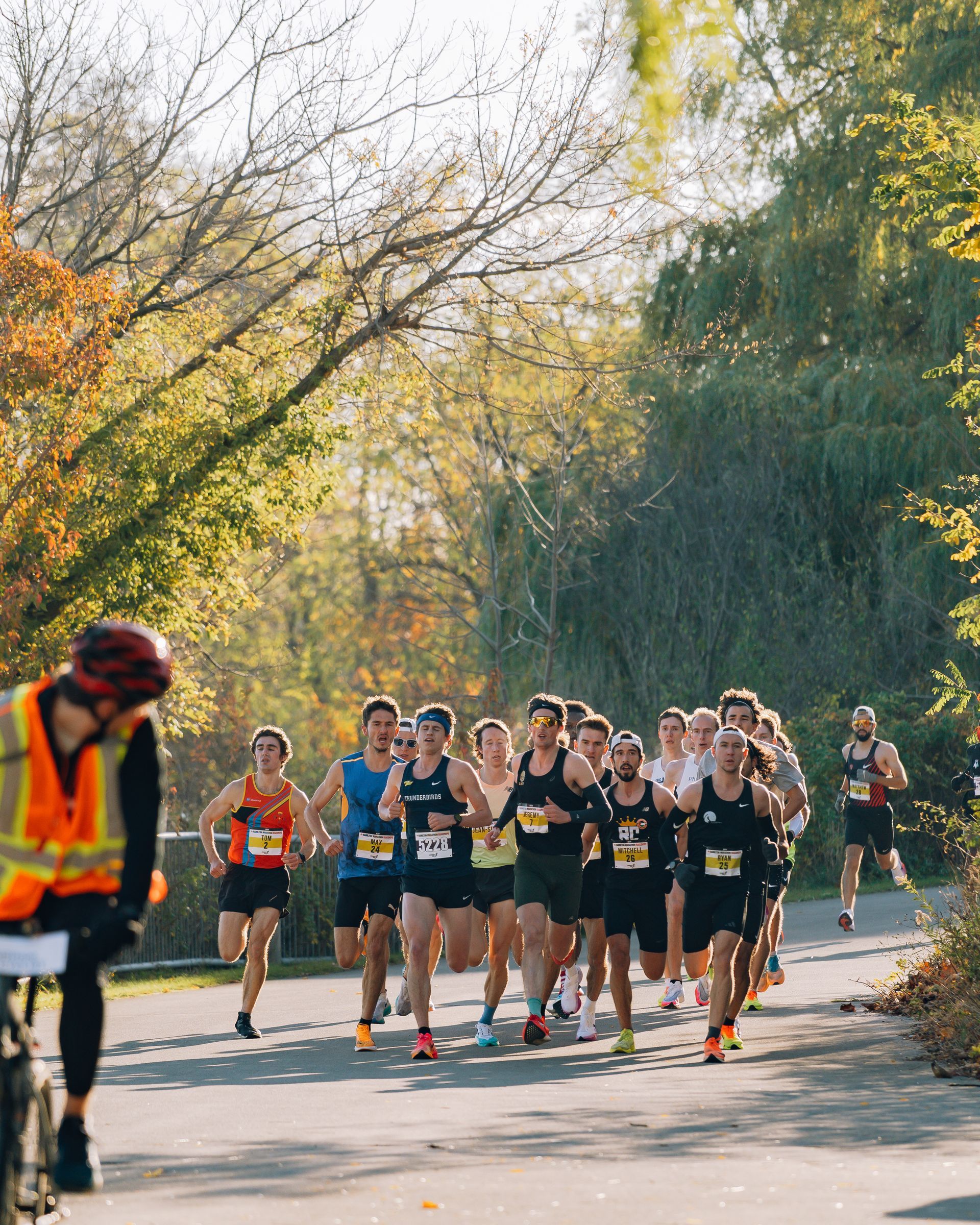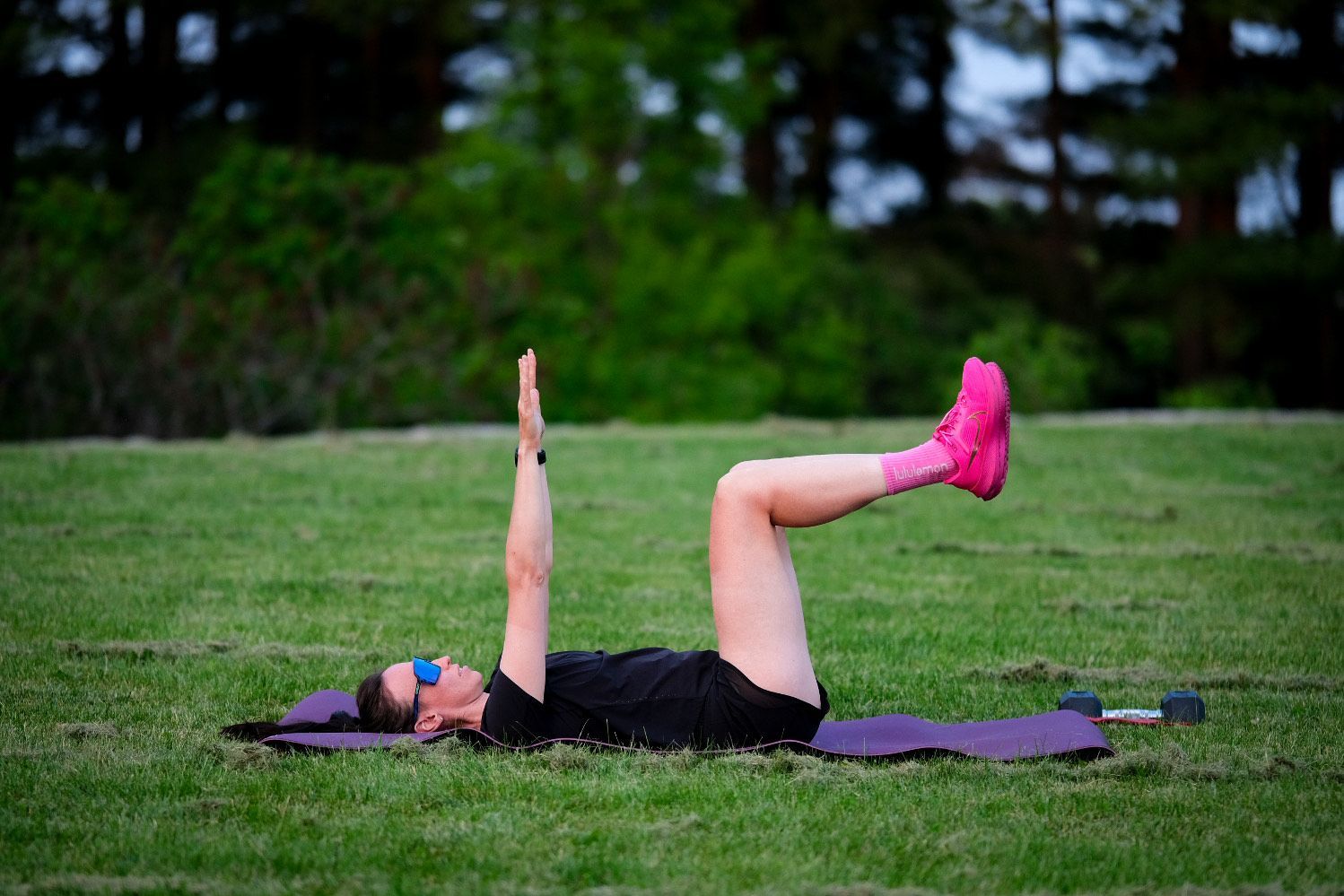“Hike Like You Mean It”: A Trail Runner’s Secret Weapon
“Hike Like You Mean It”: A Trail Runner’s Secret Weapon

In long-distance trail running, the journey isn’t just about running fast. It’s about running smart. Success often comes down to how well you manage the challenges of steep climbs, rugged terrain, and energy conservation. That’s where power hiking comes in. But I take it a step further with my athletes by introducing a mindset and strategy I call “Hike Like You Mean It”.
In trail running, the hills can get steep, and running may not be the wisest use of your energy -- or your quads. That’s where power hiking comes in. It’s a shift to a purposeful and efficient form of fast hiking used primarily on steep or technical terrain where running would be less energy-efficient or unsustainable. It is a strategic technique that allows you to conserve energy, maintain forward momentum, and tackle challenging inclines without exhausting yourself.
The phrase, “Hike Like You Mean It”, which I created as part of my coaching philosophy, is more than just advice. It is also a rallying cry. It is a reminder that hiking isn’t simply a break or fallback. Instead, it’s an intentional, powerful tool that every long-distance trail runner should embrace. When my athletes incorporate this approach into their training, I encourage them with, “Good job, hikers!”—my way of recognizing their effort to turn hiking into a strength and a key part of their trail-running arsenal.
What Does “Hike Like You Mean It” Mean?
“Hike Like You Mean It” isn’t about casually walking uphill. It’s about embracing power hiking with purpose, confidence, and technique. It’s a mindset that transforms what some runners might see as a weakness into a competitive advantage. When my athletes hear me say, “Good job, hikers,” it’s my way of acknowledging their commitment to mastering this skill and building their endurance for the long distances we train for.
More than a momentary adjustment on steep terrain, power hiking is a deliberate strategy to keep moving efficiently while conserving energy. By adopting this approach, athletes can tackle climbs, maintain momentum, and finish their runs stronger.
Why “Hike Like You Mean It” is Key for Trail Runners
Climbing With Confidence
Steep climbs can be daunting, but “Hike Like You Mean It” encourages runners to face them head-on. It’s about approaching every uphill with intention, making each step count. This confidence allows runners to stay focused and push through challenging sections of the trail without feeling defeated.
Efficient Energy Use
Running every incline isn’t realistic, or even wise, on technical trails. Power hiking conserves energy, allowing runners to preserve their strength for runnable sections. By mastering the “Hike Like You Mean It” mindset, my athletes learn to hike with enough speed and purpose to maintain momentum without draining their reserves.
Improved Strength and Endurance
Power hiking is a full-body workout that engages muscles often underutilized in running. With proper technique, leaning forward slightly, driving with the arms, and activating the core and glutes; my athletes build strength and endurance. These skills are especially important for long-distance events where sustained effort over varying terrain is essential.
Mental Resilience
Trail running is as much about mental stamina as physical ability. “Hike Like You Mean It” fosters a resilient mindset, reminding athletes that every uphill challenge is an opportunity to move forward with purpose. When I say, “Good job, hikers,” I’m not just praising their physical effort. I am also acknowledging their mental grit and determination to keep pushing.
How My Athletes Incorporate “Hike Like You Mean It”
Dedicated Hill Training
I design workouts focused specifically on steep climbs, helping my athletes practice power hiking with intention, and building strength for long-distance events.
Seamless Transitions
Training includes transitioning between running and hiking so it becomes second nature during races. This skill ensures they never lose momentum, even on the toughest terrain.
Strength and Conditioning
Exercises like weighted step-ups, lunges, and incline treadmill work are key components of my training plans. These build the muscle endurance needed for effective power hiking.
Reinforcing the Mindset
During training, I regularly remind my athletes to “Hike Like You Mean It,” helping them view hiking not as a weakness, but as an essential part of their strategy. Hearing “Good job, hikers” motivates them to embrace and own this approach.
Why It Matters for Long-Distance Events
In trail running, races are often decided on the climbs. Runners who know how to hike with purpose and efficiency have a clear advantage. “Hike Like You Mean It” isn’t just about getting to the top. It is about getting there with enough energy to stay strong for the rest of the race. By incorporating power hiking into their training and race-day strategies, my athletes build the endurance, strength, and confidence to handle the toughest courses.
Final Thoughts: Turning Hiking Into a Strength
When I coach, I emphasize that power hiking is not a sign of weakness. It’s a skill, a mindset, and a strategy. “Hike Like You Mean It” transforms hiking into a powerful tool, one that can carry you through the most challenging terrain with strength and purpose.
The next time you are faced with a steep climb, remember: Hiking isn’t just a way to catch your breath. It is also a part of the plan. Embrace the technique, focus your energy, and move with intention. And when you hear, “Good job, hikers,” you’ll know you’ve taken another step toward becoming a stronger, more resilient trail runner, ready to conquer whatever the trails throw your way.



